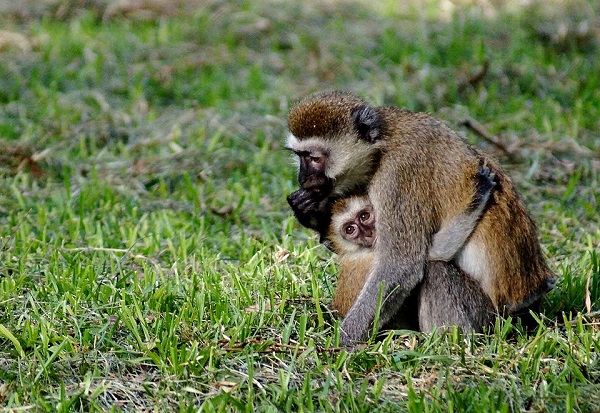
The animal kingdom reflects our own in many ways, like how animals care for their young. Just as humans employ nannies or rely on grandparents and friends to watch their kids, animals also care for young that are not their own. This behaviors is called alloparenting, and many species practice it for reasons like survival, efficiency, and strengthening social bonds within the group.
These are often called “non-descendant” young, even though grandchildren can be among them. Among humans, alloparenting is often performed by a child’s grandparents and older siblings. People providing this care are called by the neutral term ”alloparent” or “helper”.
Many animals practice alloparenting, including primates, fish, and birds. Reports have documented alloparenting in over 120 mammalian and 150 avian species. Find a few examples in this article below.
1. Primates
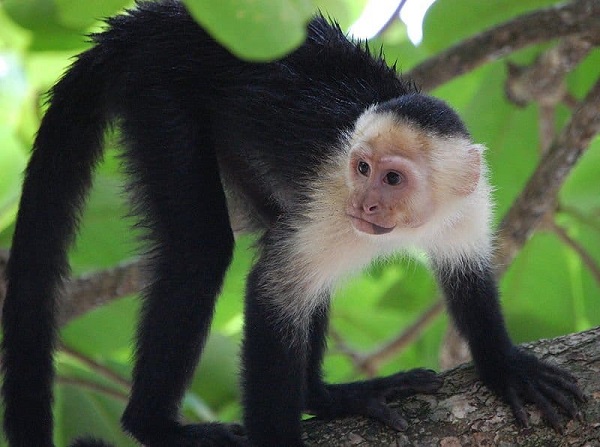
- White-faced capuchin monkeys may engage in allonursing, where a female feeds an infant that is not her own. In the wild, capuchins travel with all the young in the center of the group for protection while the females graze. When the mother doesn’t come back right away, a capuchin infant might, in some cases, seek out another mother to forage from. In one study of capuchins over two years, all the females nursed infants that were not their own. This doesn’t mean that all female capuchins are nurses, but it is a very common behavior.
- Ring-tailed lemurs also participate in alloparenting, with individuals from various age groups and both sexes helping care for the young. This allows the mothers to rest, much like babysitters do for human mothers.
- Vervet monkeys alloparent to conserve the mother’s time and energy, and to give alloparents maternal experience before they give birth themselves. Research found that mother vervet monkeys were able to spend more time away from their baby, and it helped the juvenile monkeys to gain experience and have a better chance of raising their own infants one day.
- Macaques engage in alloparenting as well. Barbary macaques in particular frequently interact with infants that are not their own to help socialize the young and maintain social bonds.
- Francois’ langurs will alloparent to allow mothers to go out and forage while their infants are being cared for, and to strengthen the group’s social bonds.
2. Other Mammals
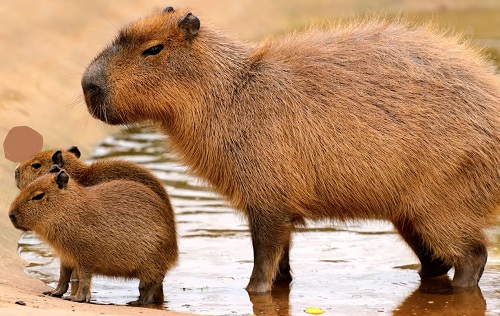
Much like capuchin monkeys, capybaras will engage in alloparenting with young that are not their own. Studies have shown that female capybaras commonly nurse all the young in their group, regardless of biological relation.
Lions will also nurse too. Lionesses in a pride often synchronise their births and will care for and allonurse each other’s cubs. They work together to protect all the young in the pride, especially from outside predators and aggressive male lions.
African elephants have been known to act as allomothers. Although a young calf spends a lot of time with its biological mother, it is also cared for by allomothers, who are often young female relatives of the calf, such as a sister or cousin.
3. Fishes
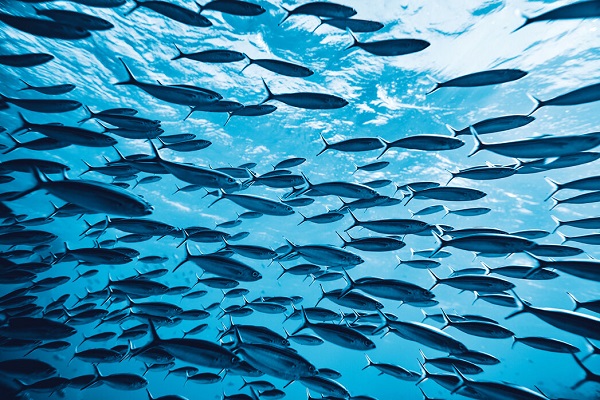
Fish also exhibit alloparenting behaviours. Research has shown that in some cases, when biological parents are removed, male clownfish may care for eggs regardless of paternity or kinship.
YOU MAY ALSO LIKE: Top 7 Fishes with Horns
Cichlids are another example of a species that engages in alloparenting. In these fish, subordinate females care for the offspring of a dominant pair to learn how to care for young. Studies have found that subordinate female cichlids who provide alloparental care are more likely to achieve reproductive success.
4. Birds
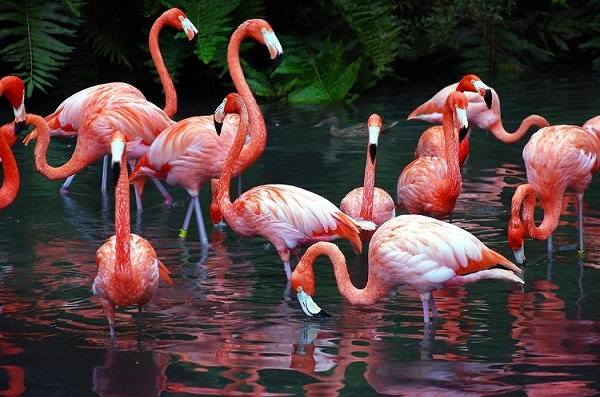
Flamingos sometimes alloparent together in same-sex pair bonds. Research has found that both male-male and female-female flamingo pairs can provide parental care similar to that of male-female pairs, with both types of pairs successfully raising young, often by adopting abandoned eggs or chicks.
YOU MAY ALSO LIKE: Top 10 Biggest Birds in the World
Other birds, like the Greater Ani (a member of the cuckoo family), build large nests that they share with up to four breeding pairs, all of whom incubate and raise the chicks together. Often, older offspring will also help out with the younger chicks.



